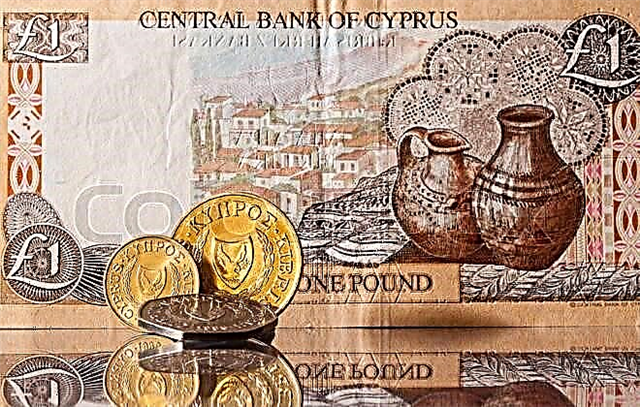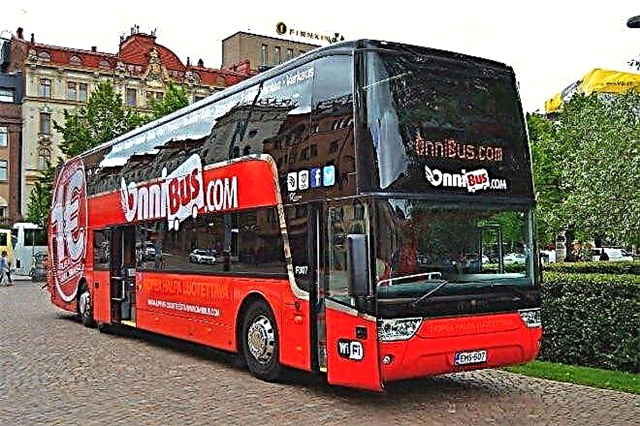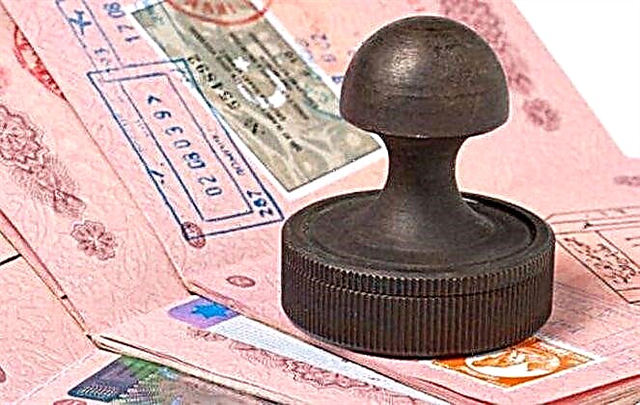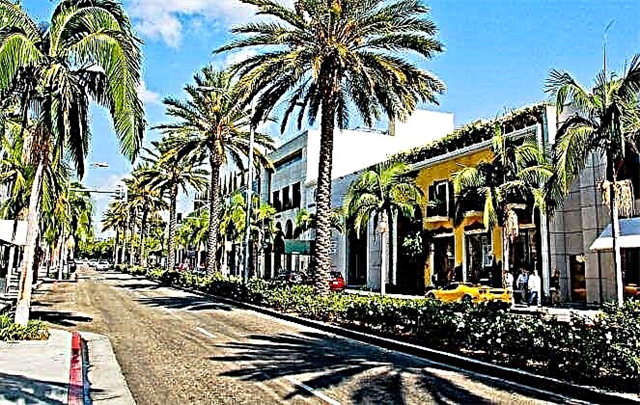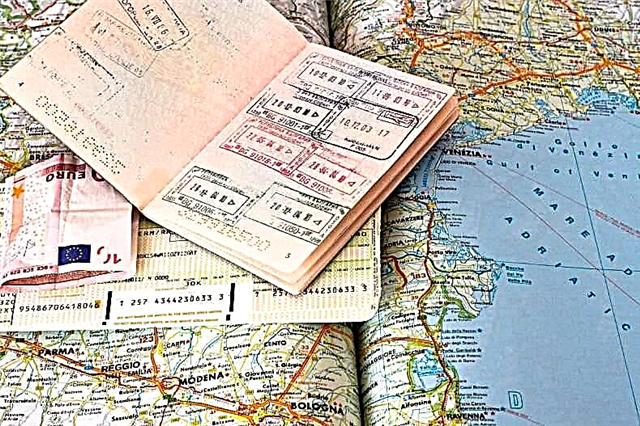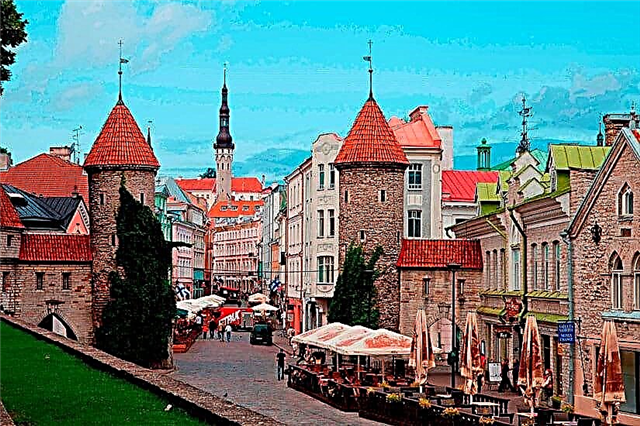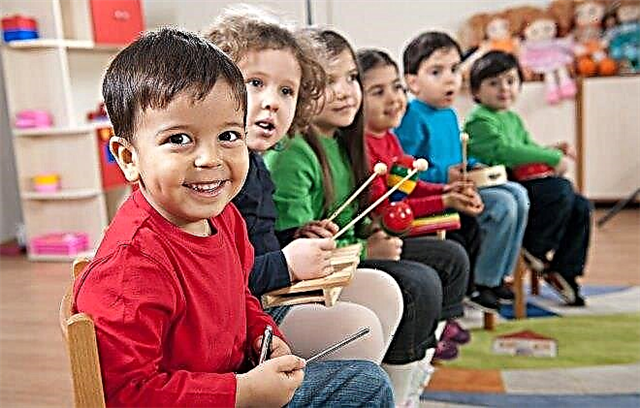Many children in Russia attend kindergartens and nurseries - for working parents this is a good way to provide their kids with full-fledged care, nutrition, and rest during the day. What do Italian dads and moms do in a similar situation? Kindergartens in Italy operate everywhere, although they have their own characteristics. The process of upbringing, playing, walking, eating is structured a little differently, but the essence of preschool education remains approximately the same. Children play, learn to communicate with each other, explore the world under the supervision of experienced adults.

How preschool education is organized in Italy
The preschool education system in Italy includes nurseries for toddlers from three months to three years old, public, private, Catholic gardens.
The child begins to attend preschool, as a rule, from the age of three. Public kindergartens are open from 8.00 to 16.00 (Monday-Friday). There is no clear timetable, parents can bring the child by 9.00, 10.00, not bring at all - you just need to warn the teacher in advance that the baby will be absent, and no certificates or notes are required. During the day, children wear identical robes so as not to stain everyday clothes.
There are usually 15-20 people in a group, one teacher (two people work from 11.00 to 13.00). In every garden there is a male helper who keeps order and provides any necessary assistance.
Some of the features of the educational program in kindergartens in Italy surprise parents from the CIS. First of all, this is the joint education and upbringing of children from 3 to 5 years old. Groups of different ages are created so that brothers and sisters from the same family - and there are usually a lot of them - can be together. At the same time, children participate in games together, but they are engaged in drawing, modeling, and the development of speech according to their age.
How children are arranged in preschool
It is up to the parents to decide whether to send the child to a preschool institution or leave it at home with the grandmother / grandfather. But if the choice is made in favor of a public kindergarten, you need to go to the municipality and find the Dipartimento dei Servizi Scolastici (school services department).
Parents of toddlers are often worried when asking how to place a child in a kindergarten in Italy. It's actually not very difficult.
An application must be submitted to the municipality by December 31 in order to enroll the child in a public institution from September next year. Applications are processed in January, places are allocated and a message is sent to the address indicated by the parents that the place is assigned to the child, the date of the parent meeting is indicated.
In the nursery, registration takes place only in May-June, funding, distribution of places, determination of the load on each preschool institution takes place.

If you choose a private / Catholic institution, the process is simplified: go directly to the leader or owner of the kindergarten and enroll the child in one of the groups.
What documents are required for admission
First of all, you will need an application to the kindergarten office and a medical certificate. The child's documents are attached to the application: a birth certificate, a certificate of registration at the place of residence, a certificate of the financial condition of the family, a card with data on vaccination.
Preschool institutions in Italy, regardless of the form of ownership, are not allowed to admit a child to the team without vaccinations. Their list changes annually, but among the most important in 2021 are rubella, measles, diphtheria, hepatitis B, pneumonia, meningococcus B, rotavirus. Vaccinations are done free of charge, a certificate must be submitted annually.
In the standard application for admission, you can additionally indicate how long the child's stay in the garden will last (from and to). Since in Italy the traditions of a large family are preserved, even in the application they ask to indicate whether the child has a grandmother, what kind of participation she takes in upbringing.
Usually, Italian grandparents provide families with children with great help: they take their grandchildren from the kindergarten, if necessary, sit with them at home, if the parents are busy at work.
Parents can obtain all certificates and explanations from the office of the institution. Regulatory requirements for kindergartens are enshrined in Italian law.
Cost of stay
Public preschool education in Italy is free, only food and insurance are paid at the beginning of the year.
Food is prepared in a single center and delivered to the gardens in a sealed package - this is mostly lunch, but you can order breakfast, afternoon tea. Parents have the right to choose: bring the baby after breakfast, pick up before lunch or after.
Each lunch is paid separately. At the beginning of the year, parents buy out a book with coupons and dispose of them themselves. If the child is having lunch today, the ticket must be given to the teacher in the morning.
Gardens that have their own kitchen are considered more prestigious, fewer and more expensive to stay in. But imported food pleases mothers and children: broths, ravioli, pasta, lasagna. Chicken, fish, turkey, meatballs are offered as the main course, salads, tomatoes, zucchini, baked potatoes and other vegetables are served as a side dish. Seasonal fruits and vegetables are constantly on the menu, as are cheeses, pizza and ham.
Morning transportation of children from home is provided for a fee.
How much each Italian family pays for a child's stay in the garden depends on the specific situation. Based on the parents' documents submitted to the kindergarten, the state can provide benefits, so the payment can be 50 or 150 euros.
In private gardens, the payment depends on the institution and reaches an average of 200-300 euros. At the same time, a private nursery is much more expensive. Stay in them for a baby up to 3 years old for half a day can be 300 euros, a full day - 500 euros per month.
What do Italian children do in kindergarten
In the usual understanding for Russians, special classes in mathematics, literacy, writing are not carried out in Italy. Much more attention is paid here to the development of creative inclinations: sculpting, drawing, appliqués, lessons with the test.

Walks are not always welcome: at temperatures below + 10-15 degrees Celsius, children are not taken outside at all, as Italians consider such conditions uncomfortable. In the large common hall of the kindergarten there are slides, swings, houses, contests and games are held here with children. In the hall, children take turns playing, and most of the time they spend in their group.
Once a month, excursions are conducted for children, they are introduced to crafts: they are taken to a bakery, an oil mill, workshops, to an apiary. Everywhere children do something with their hands on their own, and then they can take their creation home.
Daytime sleep is provided, but no one forces the child to sleep if he does not want to. Each group has a place where children can lie on mattresses right on the floor and relax.
Choosing a kindergarten
Different types of kindergartens in Italy allow everyone to choose the right preschool for their child.
- If you need to provide supervision and food for little money, it is better to contact a state kindergarten.
- If you want your child to be taken to the pool and taught foreign languages, choose a private institution.
- In a Catholic institution, children are looked after by nuns, great attention is paid to the study of the Holy Scriptures, religious ethics.
One of the best in Italy is the Barbapapà kindergarten in Vignola. The kindergarten has its own stadium for games and competitions, a safe patio for walking, and there are many toys in the spacious rooms. Location: Comune de Vignola, MO, Italy.
Suitable for Russian-speaking children:
- kindergarten at the Russian-Italian association "My Sicily", Catania;
- Russian school and kindergarten "Lev Tolstoy", Milan;
- kindergarten "Sun", Rome.
A list of educational institutions for children in Italy can be found on the website of the Russian Center for Science and Culture in Rome.
Conclusion
In every kindergarten in Italy, kids are taught many vital skills: they develop physical activity, teach the basics of morality, ethics, coexistence in society, expand the child's vocabulary, introduce him to the world around him.
In many kindergartens, they are supportive of religious education lessons, prayers, and coloring books on religious themes. With the consent of the parents, the child even in an ordinary kindergarten attends lessons in Catholic education.
Whichever preschool you choose, you can be sure that your children will be cared for accordingly. Italians are very fond of children and treat small personalities with respect.


